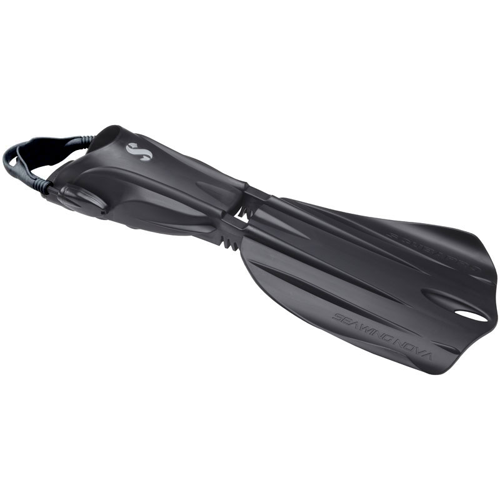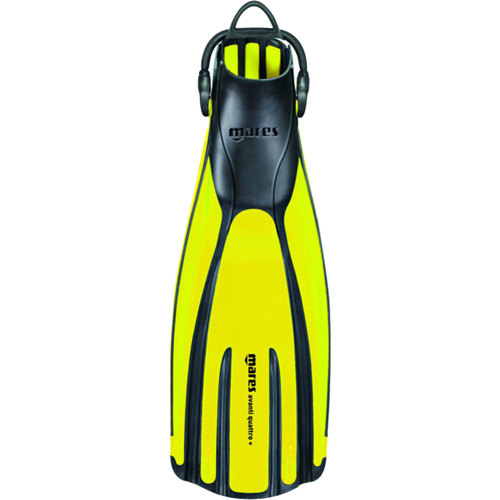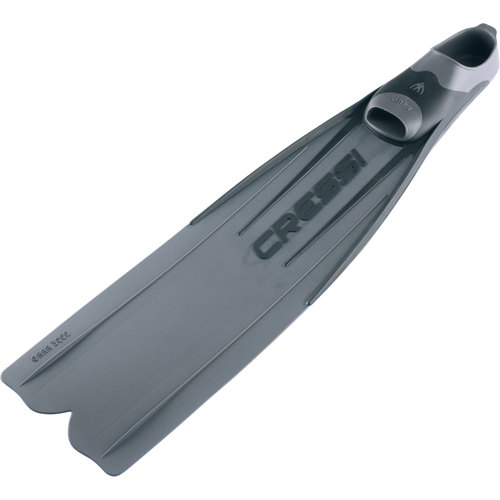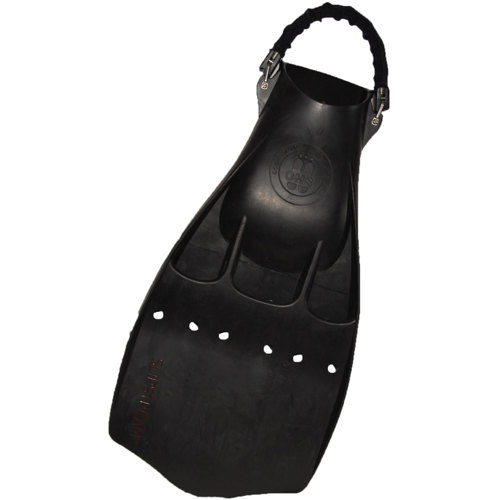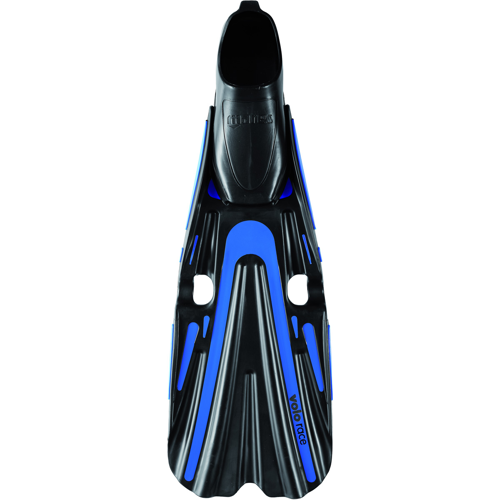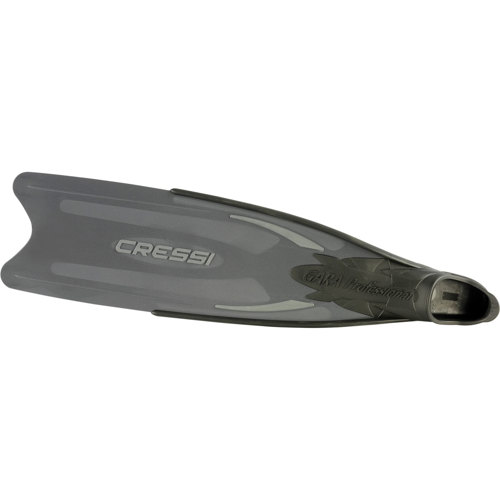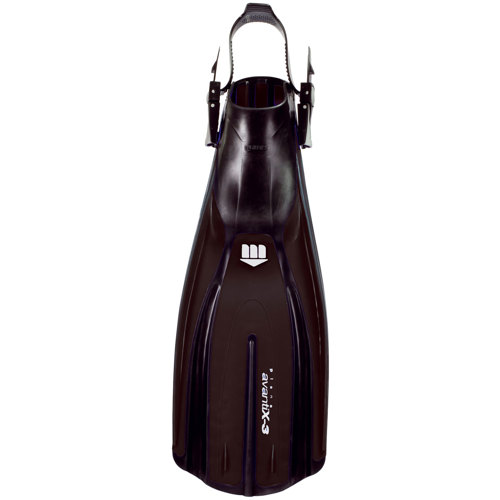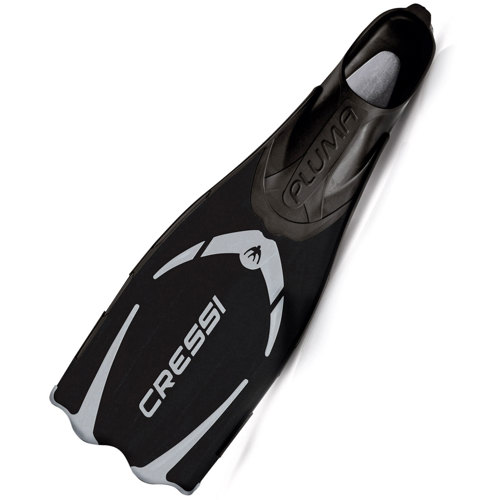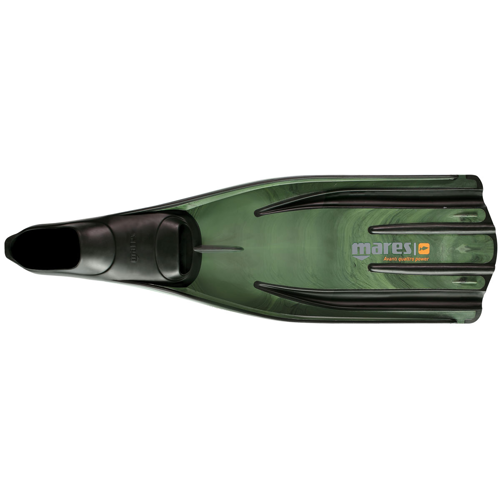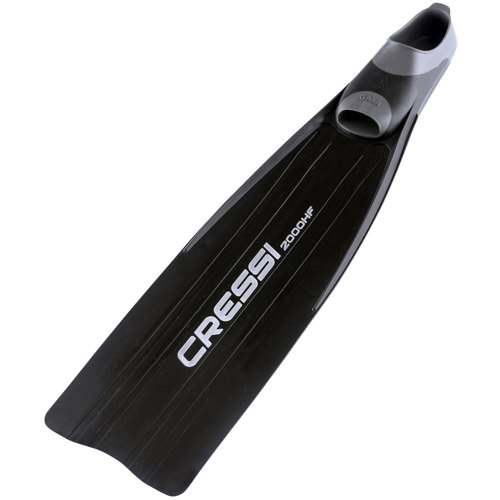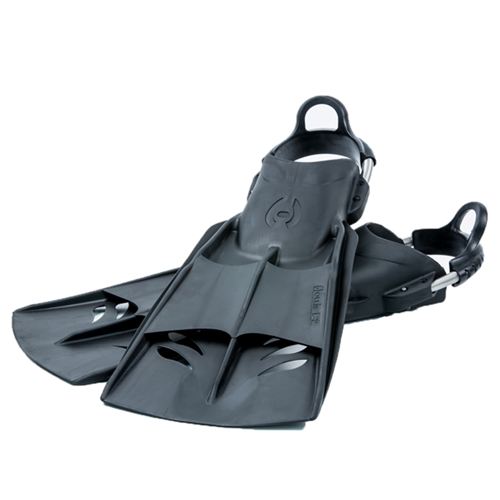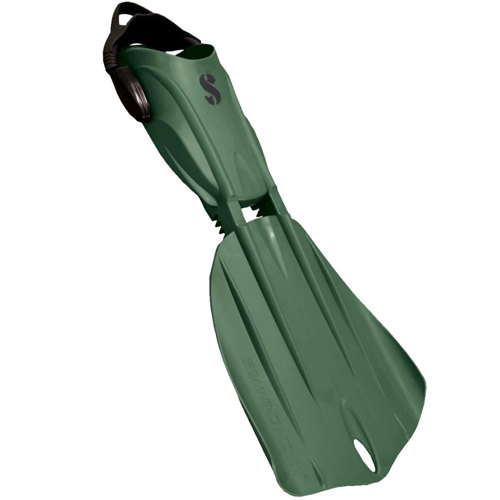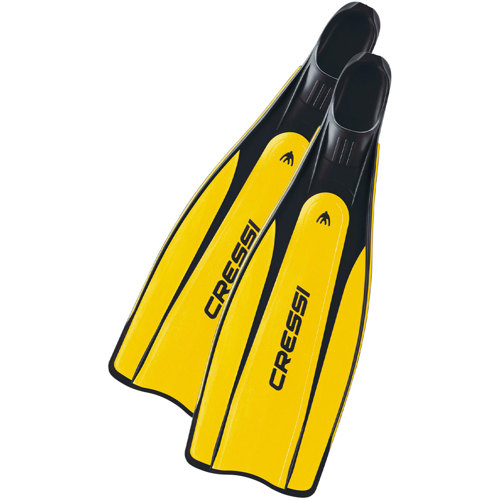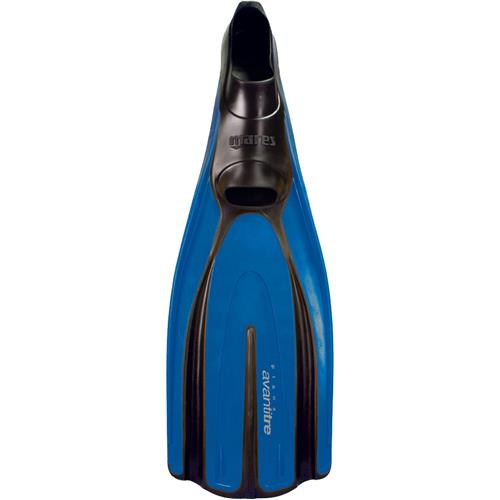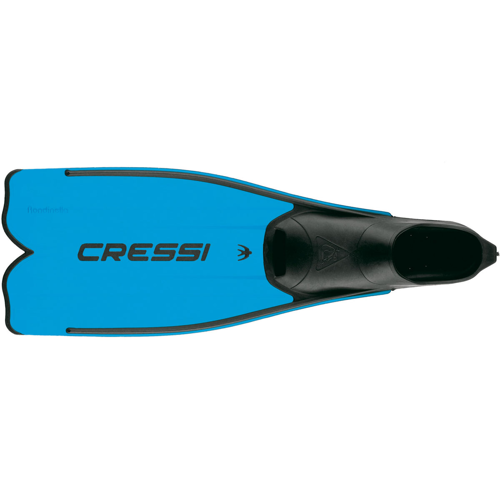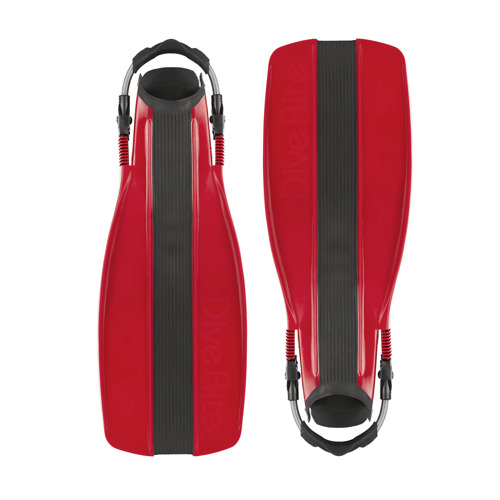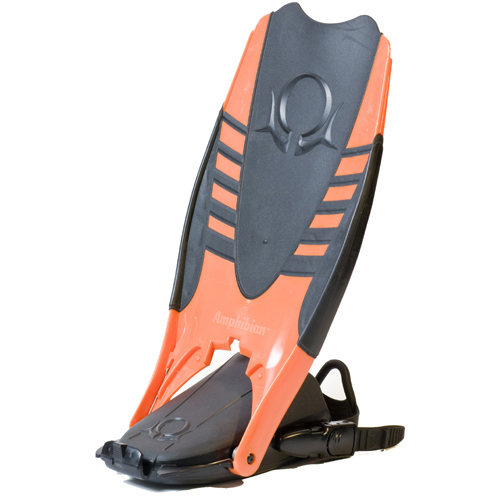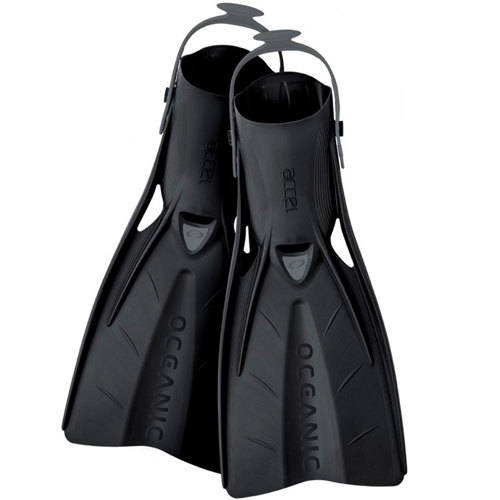When selecting stable diving fins, the right choice can transform your underwater experience, whether you’re a seasoned diver exploring deep wrecks off the coast or a beginner taking those first exhilarating kicks in a vibrant reef. Stability in fins is about more than just staying upright in the water—it’s about maximizing control, efficiency, and comfort, especially when currents pick up or when precise maneuvering is required. As autumn settles in and water temperatures begin to shift, divers often find themselves reaching for gear that can handle a variety of conditions, from brisk early morning dives to extended explorations where fatigue can creep in. Stable fins are designed to provide a reliable platform, minimizing side-to-side wobble and offering consistent thrust with each kick. This stability is particularly prized by underwater photographers who need to hover motionless for the perfect shot, dive instructors guiding groups through new environments, or anyone who values a smooth, energy-efficient glide that lets them focus on the wonders around them rather than their equipment.
The construction and design elements that contribute to a fin’s stability are both subtle and significant. Features such as reinforced side rails, vented blades, and carefully balanced materials—whether high-grade rubber, advanced polymers, or composite blends—work together to channel water efficiently and reduce unwanted flex. Open-heel designs with adjustable straps are favored by divers who wear boots for added warmth and protection, especially as the water cools in late fall. Conversely, full-foot fins are popular in tropical destinations or pool training sessions, offering a snug fit and direct power transfer. The length and stiffness of the blade also play a key role: longer, stiffer blades deliver powerful thrust for those who prefer a slower, more deliberate kick, while shorter, more flexible blades are easier on the legs and ideal for travel or for divers who like a quicker cadence. When choosing stable diving fins, it’s worth considering your preferred kick style—flutter, frog, or modified—since some fins are optimized for one over the other. Those who enjoy both scuba and freediving might gravitate toward versatile designs that balance surface propulsion with deep-water efficiency, ensuring stability whether finning above a kelp forest or descending along a wall.
Stable diving fins also make thoughtful gifts for ocean enthusiasts, new divers, or anyone looking to upgrade their kit as the holiday season approaches. Imagine the delight of a friend who unwraps a pair of fins that promise not just improved performance, but also comfort and confidence in the water. For families planning winter escapes to warmer destinations, gifting stable fins can help ensure everyone—from the youngest snorkeler to the most experienced diver—enjoys safe and enjoyable adventures. And for those seeking something truly distinctive, exploring options like
Unique Diving Fins can add a personal touch to your gear selection. Whether you’re navigating surge-prone entry points, drifting along gentle currents, or simply enjoying the meditative rhythm of underwater exploration, stable diving fins are an essential piece of equipment that support safety, enhance performance, and open up new possibilities beneath the surface.


